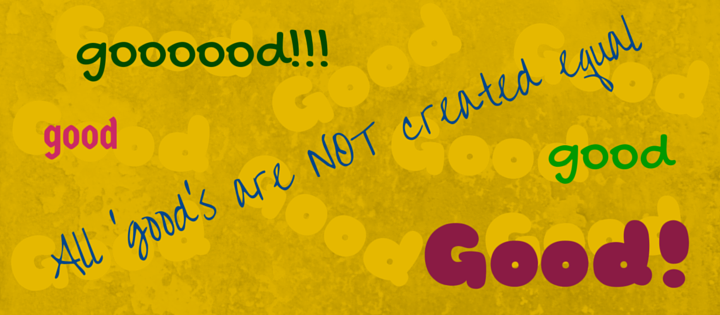By Joan Orr M.Sc.
Why Did She Get a Better “Good” Than Me?
There was a time, when we had much less experience than we have now, that we suggested to people that they might use the word “good” or another verbal marker to signal success to the learner. In practice this has turned out not to work as well as using a clicker or other non-verbal signal. We have used taggers with elite athletes, tiny tot ballerinas, commercial fishermen, kids with autism, kids with Down syndrome, business professionals, prison inmates and medical students to list a few examples. Using the tagger absolutely works and it works with every population of learner that we have encountered.
The verbal marker becomes very repetitive and annoying very quickly. It seems condescending in a way to say “good, good, good” over and over especially to another adult. It’s also very difficult to keep the tone of the “good” the same each time. People tend to want to convey additional information with the verbal marker. They tend to vary the tone and give a more expressive “good” if there is a particularly good effort. It’s hard to avoid the big excited “YES” when they finally get it, or the desultory “yes” when you’re tired, hungry and have a headache.
